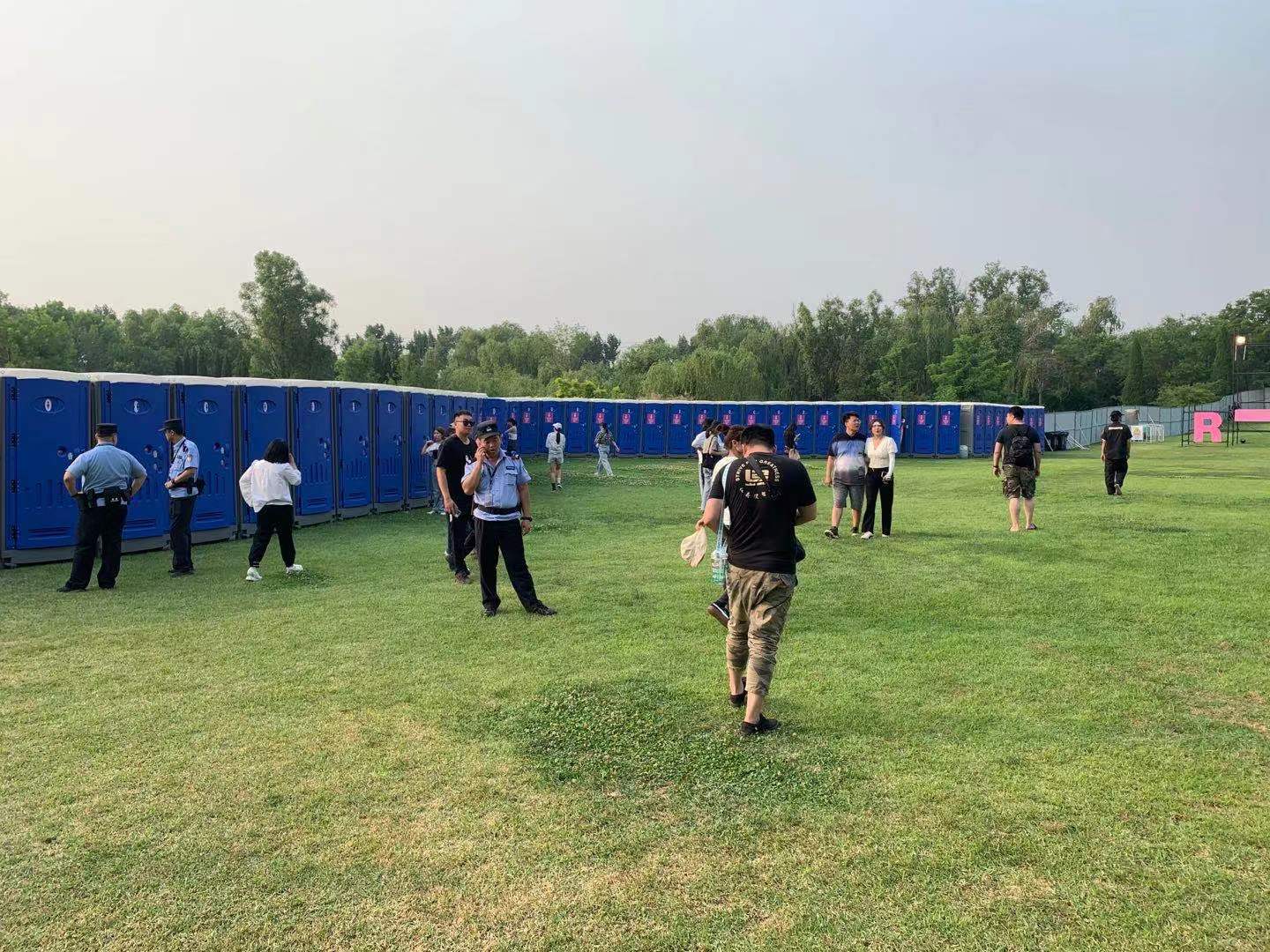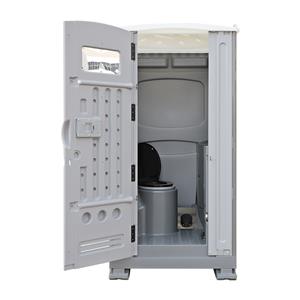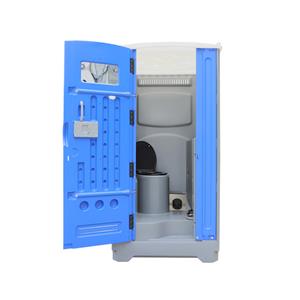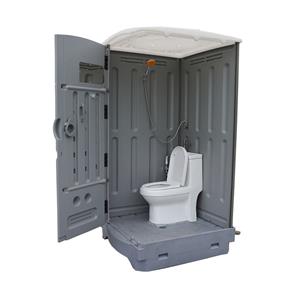Why Xiamen Toppla’s Wheelchair Portable Toilets Are the Smart Choice for Inclusive, On-Site Restrooms
I remember standing behind an event organizer staring at the map of a charity run. Everything looked perfect on paper: route, volunteers, first-aid stations, water stops. Then someone asked, “What about accessible restrooms?” A dozen tiny practical problems suddenly demanded attention: wheelchair turning radius, grab bars, ground-level access, and whether the rental units would hold up under rain and mud.

That moment crystallizes why Wheelchair Portable Toilets matter. They don’t just check an accessibility box — when well designed, they preserve dignity, protect public health, and make events, work sites, and temporary housing truly inclusive. Xiamen Toppla builds these units with practical field use in mind, and this article explains how and why their approach works for real people, not just in spec sheets.
What is a Wheelchair Portable Toilet?
Why accessibility is not optional — practical and legal drivers
Practical dignity and inclusion. If you expect families, older adults, or people with mobility aids to attend, accessible restrooms make their experience possible — and comfortable.
Regulatory expectations and best practice. Where local codes or event permits reference ADA guidelines, you must provide units that meet turning radius, doorway width, and fixture-height requirements. Failing to plan for accessible sanitation creates safety risks and reputational damage.
Top rental and manufacturing brands emphasize that ADA or ADA-equivalent features are critical, not decorative. Leading suppliers design units that allow full maneuvering space, sturdy handrails, and secure locking mechanisms so users can operate independently.
Yes — reputable ADA portable restroom models provide the clear interior space to complete a 60-inch (minimum) turning diameter and door openings wide enough for most wheelchairs. Verify the listed interior dimensions before you order.
Yes, when the unit uses non-porous materials and sealed waste systems. Good models use one-piece HDPE shells and sealed tanks that reduce odor and bacterial buildup, making cleaning easier.
PolyJohn
How hard is maintenance?
Not hard when the design supports maintenance: removable waste tanks, wide access ports, and corrosion-resistant materials reduce cleaning time and risk.
Weather- and UV-resistant exterior when units face sun, heat, and rough transport.
These attributes reduce complaints and lower upkeep time, and they make the restroom usable for everyone who needs it.
Xiamen Toppla builds wheelchair-accessible portable toilets with the kind of technical choices that matter on site. Below I list core features and explain why they matter in the real-world operational context.
2. Dual-seal waste and odor control — confidence for long events
Toppla’s designs emphasize sealed waste tanks and effective sealing points (door thresholds, service ports). A dual-seal approach — one mechanical seal at the waste interface, plus an internal odor trap — prevents fugitive scents even under high user loads. That design reduces complaints and preserves guest comfort.
3.Modular, configurable interiors — match the site needs;
Toppla offers manual and foot-pump flushing options that remain water-efficient and reliable in the field. The pumps sit outside the waste tank path so operators can service or replace them without draining the entire unit. For sites without sewer connections, Toppla’s tanks sit in accessible positions for quick emptying.
Toppla reinforces high-stress points — door frames, mod points, and mounting fixtures — ensuring repeated use and transportation don’t damage the cabin. UV-stable resins and protective coatings minimize sun damage and color fade, keeping units serviceable season after season.




